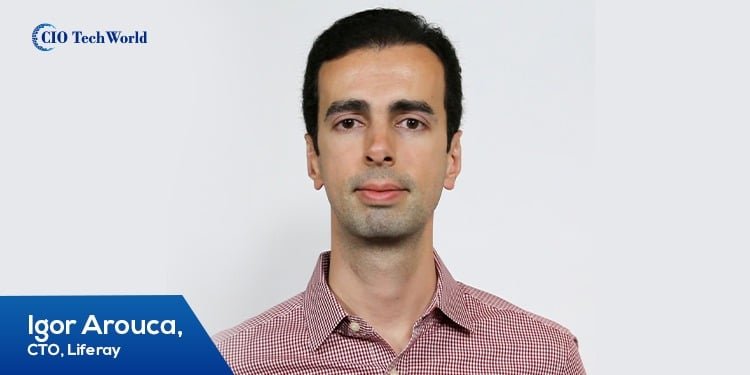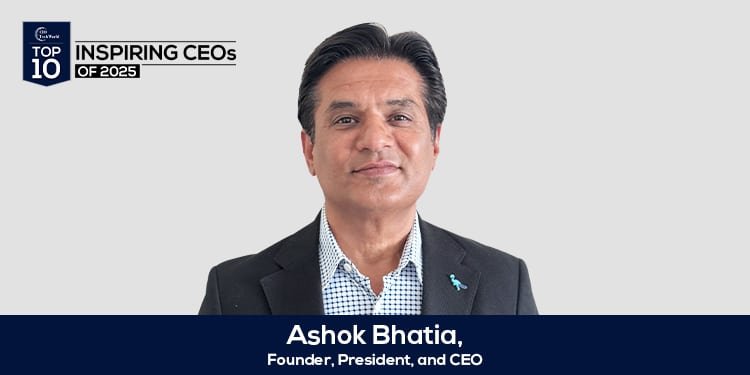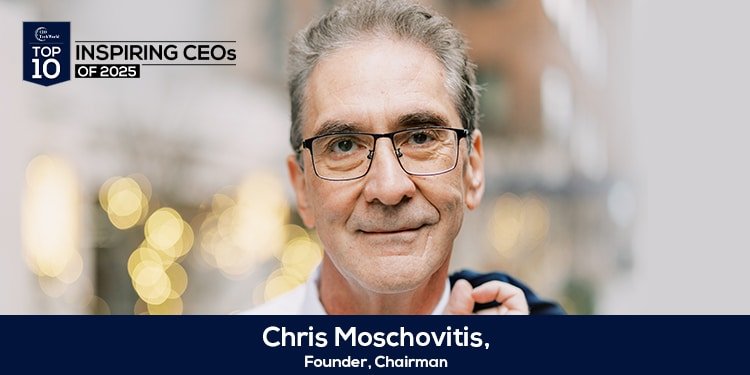Introduction to Composable Architecture
Enterprise IT has always been about balancing competing demands: speed versus stability, innovation versus cost, freedom versus control. That balance is harder than ever to strike in a business environment where technologies evolve rapidly, customer expectations shift overnight, and entire industries can be disrupted in a single product cycle. Traditional monolithic architectures are ill-suited for this reality. They provide stability, but at the cost of agility.
Composable architecture offers a better path. It is not simply a buzzword or a repackaging of older ideas like “best of breed.” It is a strategic approach to building enterprise systems that emphasizes adaptability without sacrificing governance. For CIOs, the real challenge is not whether to pursue composability but how to do so pragmatically so that flexibility creates business value instead of operational chaos.
Composability as a Strategic Discipline
The real promise of composability lies in its ability to design for change. Every enterprise system has components that evolve at different rates: customer-facing applications must adapt quickly, while core financial systems must remain stable and compliant. A composable architecture recognizes those differences and builds accordingly.
This is not about decentralization for its own sake. A purely modular environment can become unmanageable if every service is fragmented into micro-components. The CIO’s role is to determine where modularity accelerates value and where centralization preserves order. That requires discipline, governance, and a relentless focus on outcomes.
Composable architecture, at its best, enables independent scaling of business-critical components, faster adoption of emerging technologies like AI through API-first design, and reduced dependency on a single vendor’s roadmap. But none of these benefits happen automatically. They must be engineered into the system with a clear strategy.
Integration Without Chaos
Breaking down a monolith creates freedom, but it also creates complexity. Each additional service introduces new points of integration, new dependencies, and new potential failures. The orchestration layer becomes as important as the individual modules themselves.
Successful integration starts with the business, not the technology. CIOs should map which parts of the organization change most frequently and modularize those first.
Attempting to “go fully composable” all at once is a recipe for disruption and unmet expectations. A gradual approach—proving success in one area, building standards, then expanding—is far more sustainable.
This is an approach that Sana Remekie, co-founder of Conscia.ai, agrees with. As she told McKinsey in an article earlier this year: “Ultimately, composability is a spectrum—there is no need for brands to go all in. They can build on top of what they already have, but as they progress on their composable journey, everyone can benefit from adopting components that follow some basic composability principles.”
Middleware, APIs, and shared data standards form the connective tissue of a composable environment, but governance provides the skeleton. Without agreed-upon practices for versioning, discoverability, and change control, enterprises risk trading rigidity for chaos.
The right measure of success is not uptime alone but responsiveness: the ability to bring a new capability to market faster, to integrate a new tool without a major replatforming effort, and to respond to changing business needs with minimal friction.
Guarding Against Vendor Lock-In
For many CIOs, vendor lock-in is the quiet risk that sits behind every platform decision. It is tempting to consolidate around a single provider for convenience—one contract, one support path, one throat to choke. But that convenience can turn into vulnerability when prices rise, roadmaps shift, or innovation lags.
Composable architecture does not eliminate vendor lock-in, but it provides leverage. When systems are modular, organizations can replace components without rearchitecting the entire environment. They can pilot emerging technologies without being tied to a single vendor’s ecosystem. In rapidly evolving areas like AI, where capabilities are changing month to month, that flexibility is invaluable.
The point is not to multiply vendors indiscriminately but to avoid being cornered. A thoughtful multi-vendor strategy, anchored in open standards and interoperable components, ensures that IT leaders can negotiate from a position of strength rather than dependency.
Where to Modularize—and Where Not To
Composable architecture works best when it is applied selectively. Customer-facing applications, analytics platforms, and innovation environments benefit from modularity because they must evolve quickly. These are the systems that allow enterprises to respond to changing markets, test new ideas, and adopt emerging technologies without delay.
By contrast, core financial systems, regulatory frameworks, and security infrastructure should remain centralized. Fragmentation in these areas introduces risk and undermines the consistency enterprises need to operate. The art of composability lies in drawing the line—pushing for flexibility where it enables differentiation and keeping control where stability is paramount.
Governance as the Differentiator
Technology choices get the headlines, but governance determines whether composability succeeds or fails. A modular architecture without discipline is simply fragmentation.
Governance begins with ownership. Each module must have a clear, accountable team responsible for its lifecycle, from vendor selection and contract management to upgrades and integration. Without that ownership, redundancies and compliance gaps emerge quickly.
Standards are the second pillar. APIs, security protocols, data models, and testing practices should be defined centrally and applied consistently. Without them, modules that work well in isolation can’t operate together without costly fixes.
Procurement and compliance also demand attention. Multiple teams negotiating separately with the same vendor waste money and weaken leverage. A consolidated view of contracts and certifications ensures both efficiency and consistency.
Finally, governance must extend to people. Composability requires teams with the skills to manage orchestration and adapt to vendor changes. Sometimes, the choice to build rather than buy is less about cost and more about ensuring the organization develops capabilities it will need in the future.
In short, governance keeps flexibility from becoming chaos and ensures that modular systems deliver business outcomes instead of fragmentation.
Conclusion
Composable architecture is not about dismantling the monolith for its own sake. It is about creating an IT ecosystem that is capable of evolving at the speed of business. When done well, it delivers resilience, agility, and independence. When done poorly, it adds complexity without value.
CIOs who succeed with composability are those who treat it as a strategic discipline. They modularize selectively, integrate deliberately, and govern relentlessly. They recognize that technology choices must serve business outcomes, not industry hype cycles. And above all, they balance flexibility with control, building IT environments that can absorb disruption without being consumed by it.
The path forward for enterprise architecture is not fully centralized or fully decentralized—it is pragmatic composability.
Explore more articles:
Why Clean CRM Data is the Key to Unlocking AI’s Potential
Jeff Winter: Got the Generative AI Blues?

Igor Arouca is the Chief Technology Officer at Liferay, where he oversees strategic technology investments in cybersecurity, cloud, and AI. With over 20 years of experience in the software industry, he applies a customer-driven, value-engineering approach to transform the company’s post-sales services.
A committed lifelong learner, Igor holds a B.S. in Computer Engineering from the University of Sao Paulo, Brazil, and an MBA from the University of Illinois at Urbana-Champaign (UIUC). He is also a prospective graduate of the prestigious Wharton CTO Program (Class of 2025). Igor’s greatest pride and motivation is building and working with a very talented team distributed across 17 countries.








